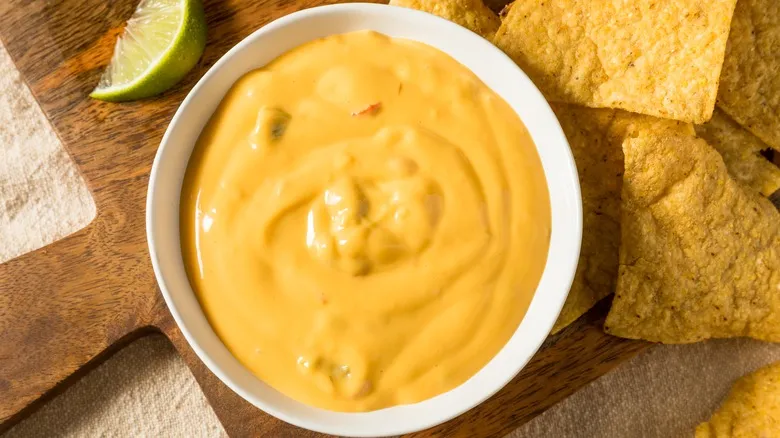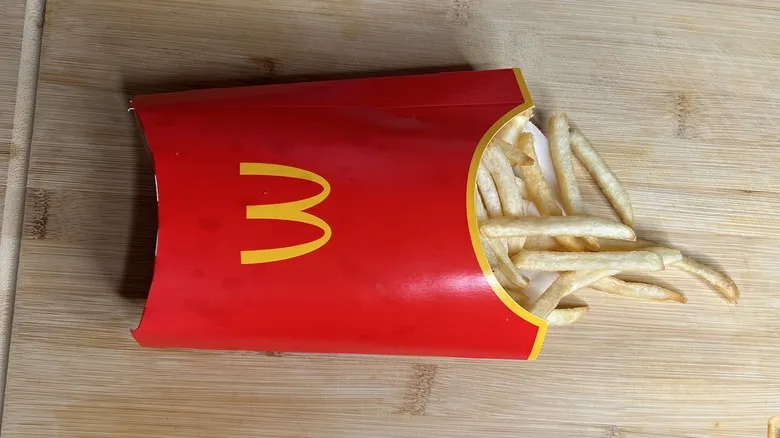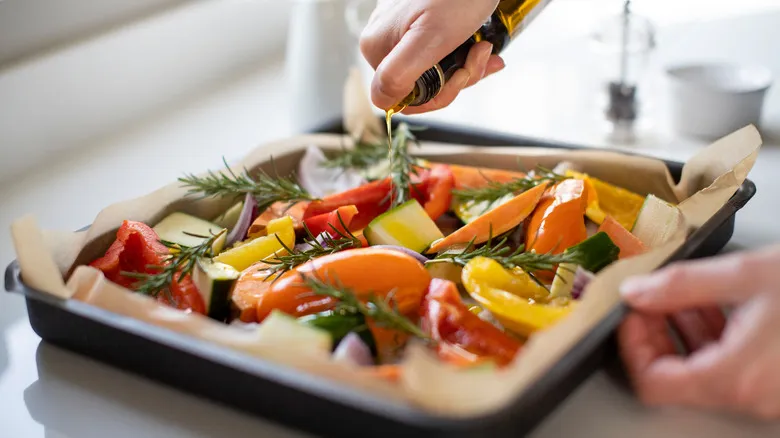How to find more information about the recall

To begin the process of obtaining a refund for a recalled item, the first thing you should do is keep your receipt. Proof of purchase is often required, particularly at grocery stores, so it's wise to store your receipts in an envelope or another accessible location for future reference. If you've accidentally discarded the receipt, don't worry. A credit card statement can often serve as proof of purchase as well. In some cases, you may be advised to dispose of the recalled food. If you do, make sure to seal it securely to prevent any animals or people from accidentally consuming it.
Additionally, never consume a food product that you suspect has been recalled. If you own an item that has been recalled but are unsure if your specific purchase is affected (as recalls typically pertain to food processed during certain dates), consult the FDA's Enforcement Report. This report provides weekly updates on recalls, including product names, manufacturing codes, and other useful information to determine if your item is included. The FDA also posts recall announcements on its website. If the food you bought is still sealed, do not open it; harmful bacteria and pathogens are not always visible and cannot be detected by smell. Relying on the smell test for food safety is unreliable and could lead to cross-contamination.
Properly clean your kitchen after a food recall
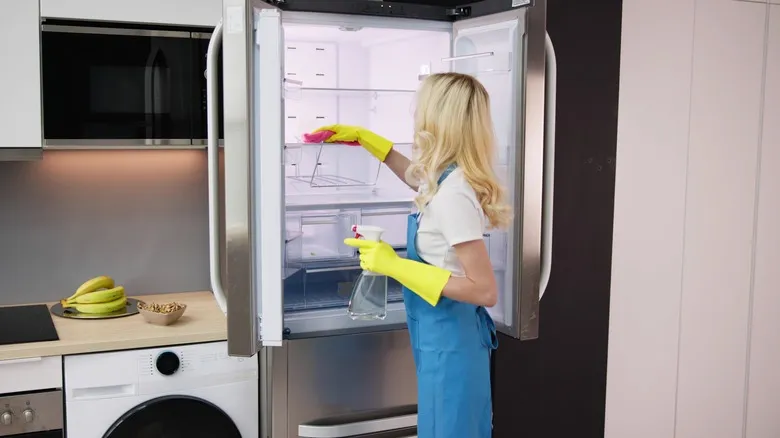
Recalls can occur for various reasons, with foodborne illnesses such as salmonella, listeria, and E. coli being common culprits—particularly with perishable items like meat and high-risk pre-cut fruits and vegetables. If your food is recalled due to pathogens, it’s crucial to prevent cross-contamination. This can happen when bacteria from a recalled product come into contact with other foods or surfaces in your home. For instance, if you prepare a sandwich on a cutting board and later discover that your deli meat has been recalled, ensure that you do not use that cutting board for anything else until it has been thoroughly sanitized.
If the recalled item was stored in your refrigerator and was not properly sealed or kept separate from other foods, you will need to clean the entire fridge. The CDC advises removing all food and beverage items from the refrigerator before cleaning all shelves and drawers. After that, wash any items or surfaces that may have come into contact with the recalled food.
Always remember to wash your hands after handling anything that might have been in contact with the contaminated food; it’s always better to be safe than sorry. While it may seem like a tedious task, taking these precautions is essential to avoid the risks associated with foodborne illnesses.
Recommended
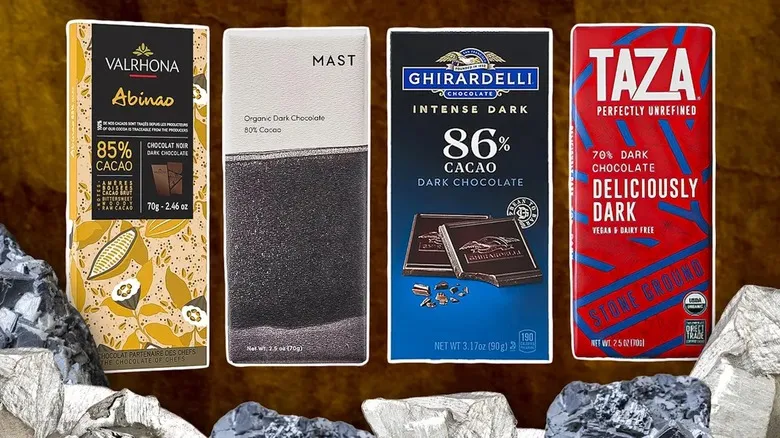
The Dark Chocolate Brands With The Lowest Lead And Cadmium Levels
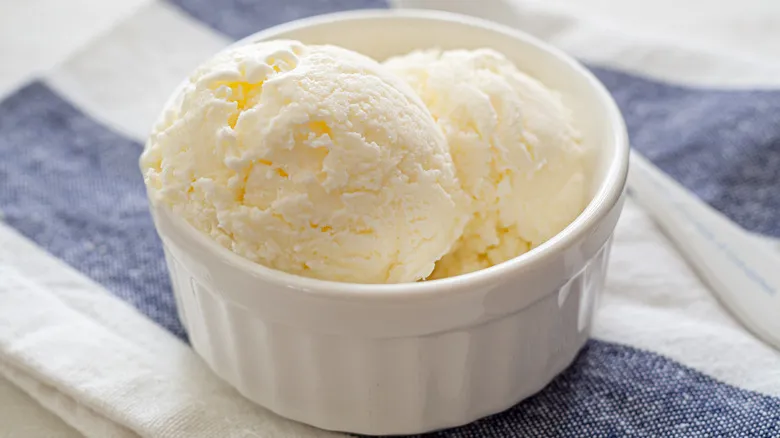
Make Homemade Ice Cream In A Bag The Better Way With This Special Salt

This Rare Potato Variety Is More Expensive Than Wagyu Beef

Giada De Laurentiis' Secret Weapon For Boiling Pasta Is Italian Sea Water
Next up



